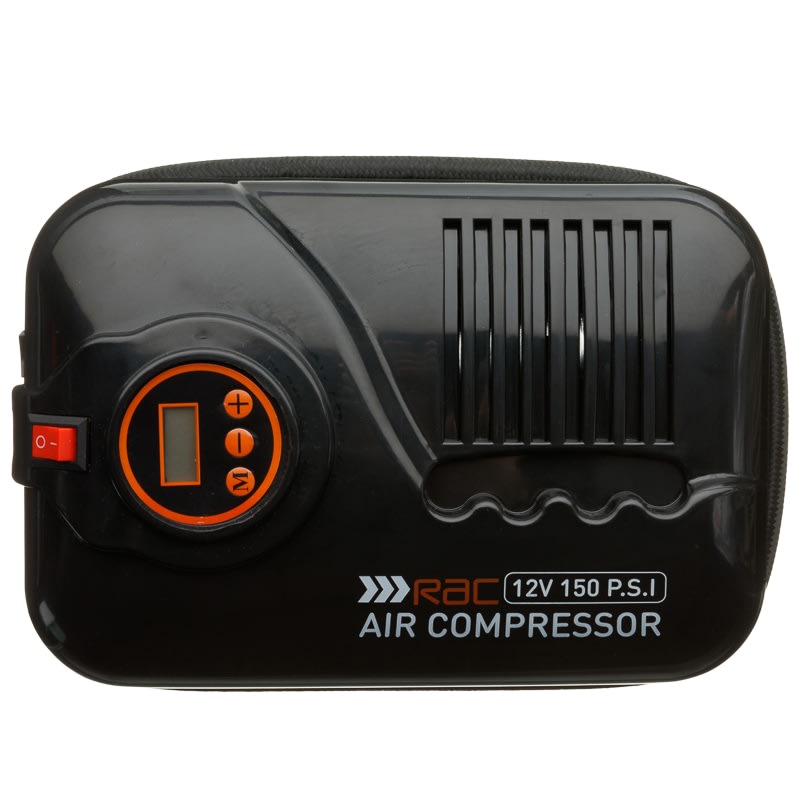
It could also help you navigate inside a building by guiding you toward the exit and then recognizing and highlighting the door handle as you approach. Professor Phil Torr wants to bring machine learning into the equation, which is all about “trying to understand patterns and classify them into different types.” This could enable the system to recognize objects, like your favorite coffee mug. All of the information is spoken aloud through the built-in ear piece. The gyroscope helps the glasses to calculate changes in perspective as the wearer moves. The GPS module can be used to give directions.
Bathroom electronic gaget storage software#
The cameras could also work with the computing module and the right software to recognize the number on an approaching bus, or to read a sign. Most visually impaired people can distinguish light and dark, these glasses can make anything that’s close to the wearer brighter, so they can discern people and obstacles. The incoming data can be processed and then used in various ways, for example, brightness can be used to show depth. “Our latest prototype (pictured) has an Epson Moverio BT 100 and an Asus xtion depth camera and 3D printed frames,” explained Dr Hicks. They are constructed using transparent OLED displays, two small cameras, a gyroscope, a compass, a GPS unit, and a headphone. Since the vast majority of blind people have some remaining sight, these smart glasses can be tuned to make the most of it. Image: Dr Stephen Hicks, University of Oxford “What we’re trying to do with the project is produce a pair of glasses that can enable someone who has got very little sight to allow them to walk around unfamiliar places, to recognize obstacles, and to get a greater independence,“ Dr Stephen Hicks from the University of Oxford, recently explained to The Royal Society as he showed off his smart glasses.

We have been checking out five of the most interesting technological developments that could help the visually impaired and the blind.

That’s a lot of people who could stand to benefit from some clever technology. According to the World Health Organization there are 285 million visually impaired people worldwide.

In the United States it is defined as “central visual acuity of 20/200 or less in the better eye with the use of a correcting lens.” Solid statistics are hard to come by, but the National Federation of the Blind estimates that there are around 7 million Americans with a visual disability. The statistics on blindness vary because there is no universal definition. Reading and recognition devices could make smartphones, tablets, and smart glasses into indispensable aids for the visually impaired. There is a lot of work and research being done to find ways to improve life for partially-sighted and blind people.


 0 kommentar(er)
0 kommentar(er)
